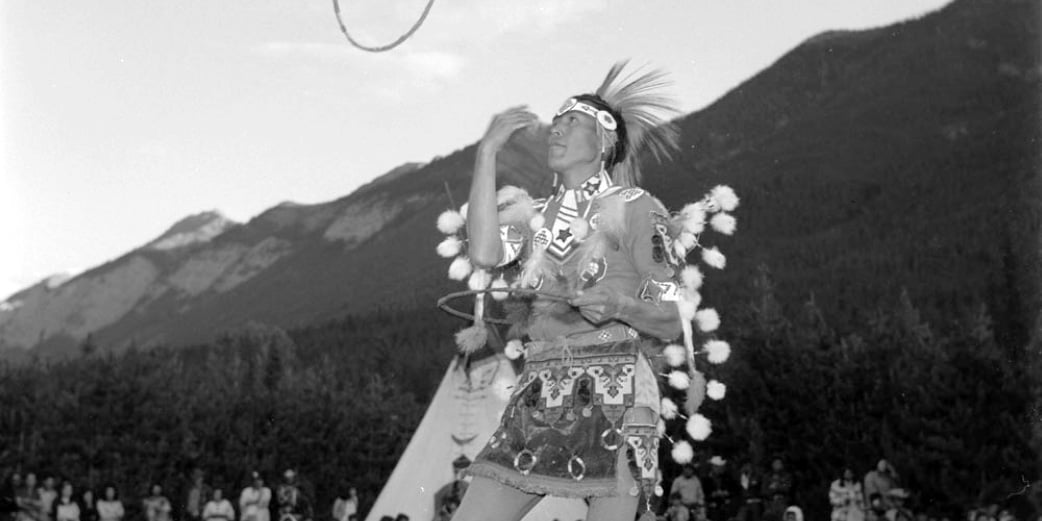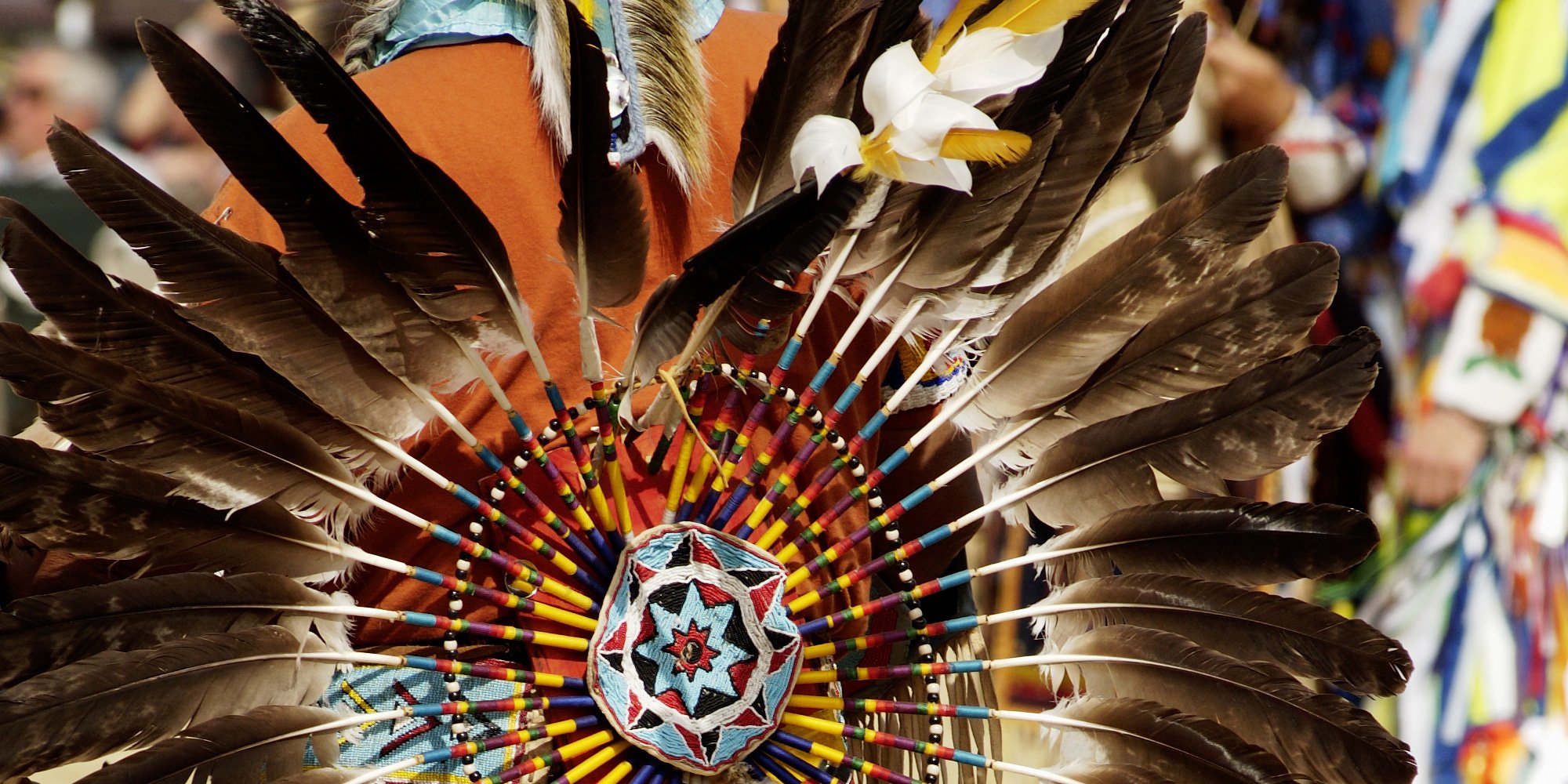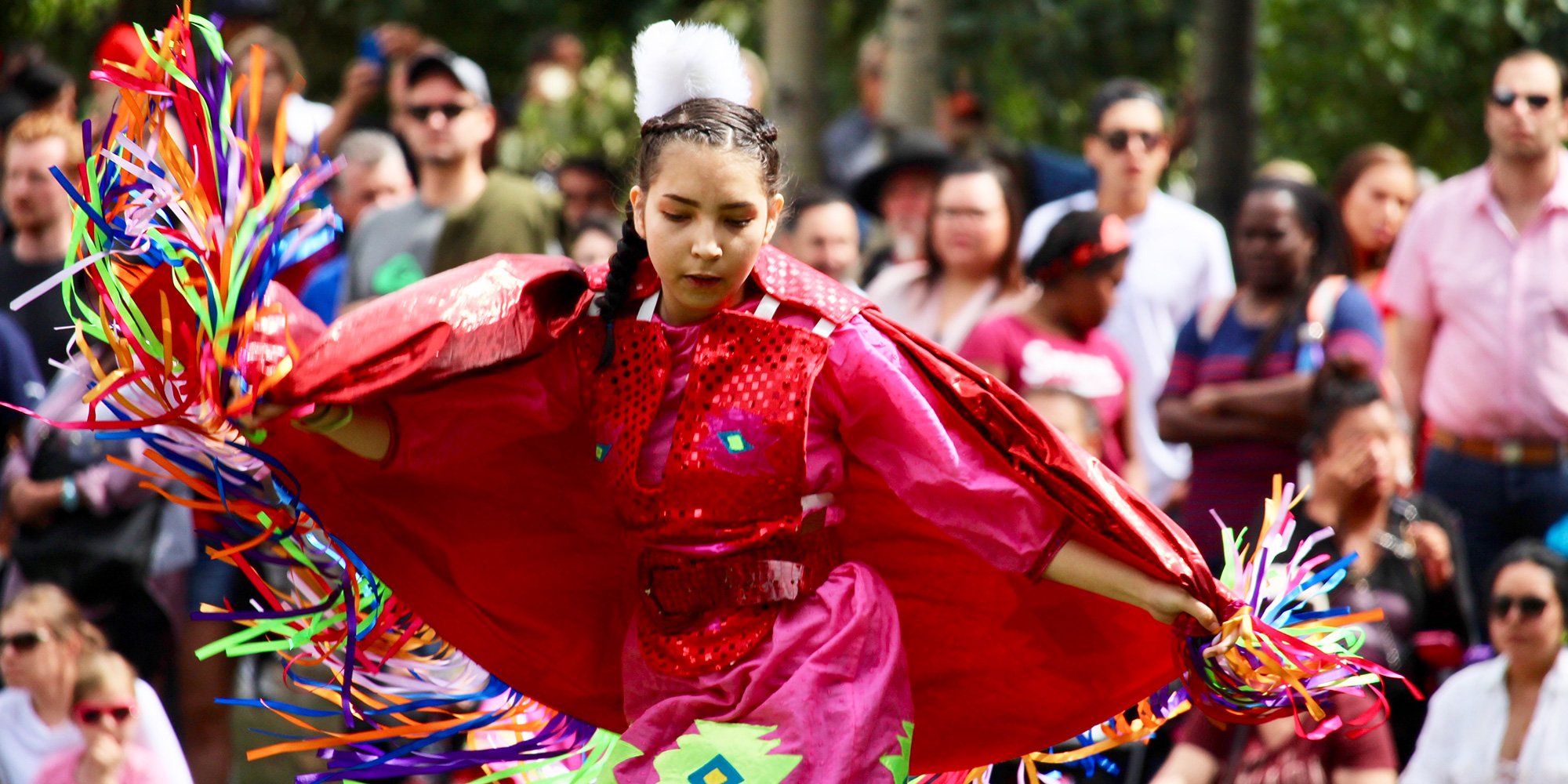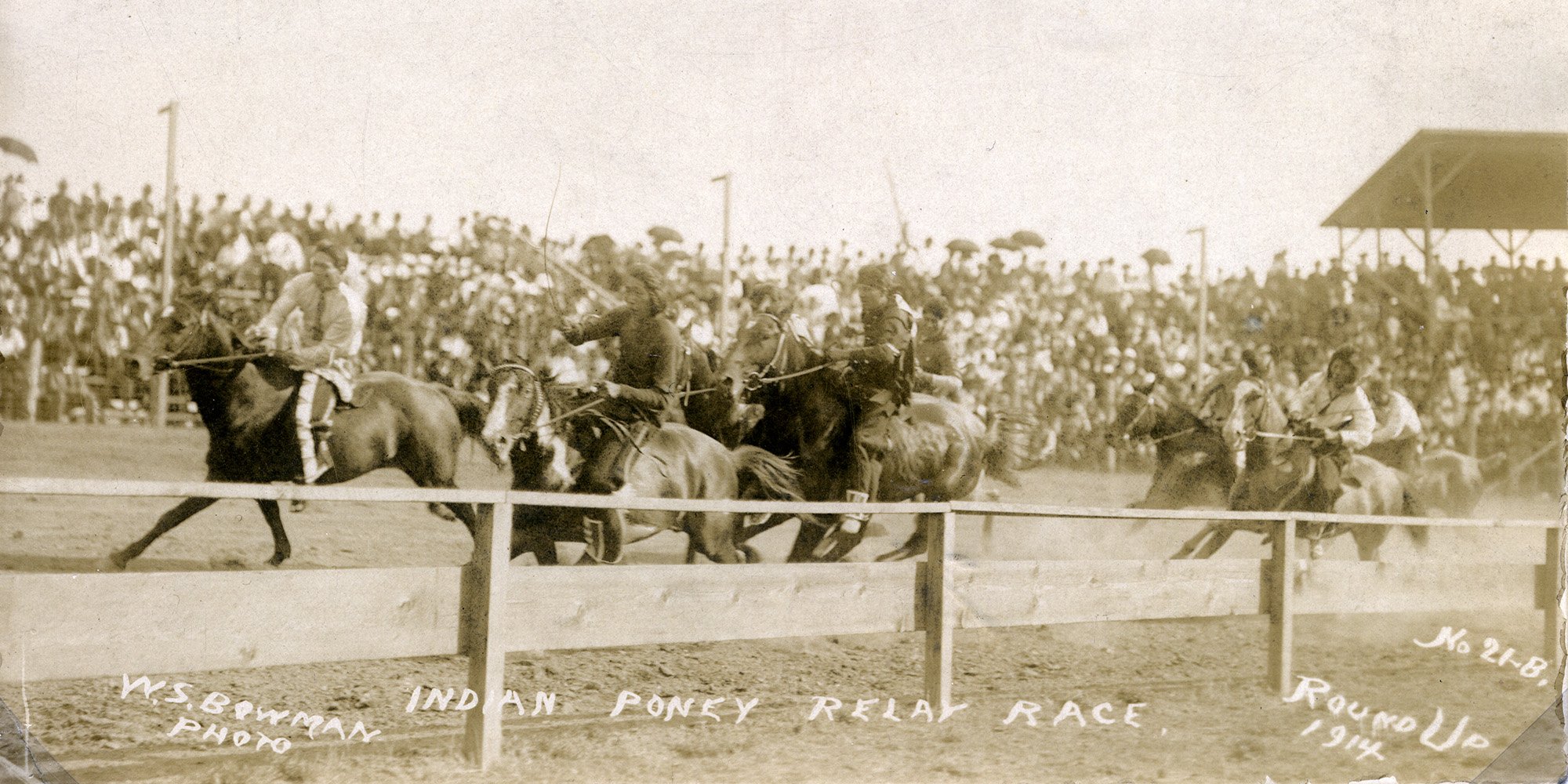Indigenous Powwow Protocol - #2 of 3 in the Powwow Series
This is the second in our three-part series on powwows. In the first part, A Primer on Indigenous Powwows, we covered a bit of the history. This...

This is the first in a series of articles on the Indigenous powwow - a short history, the dances, drums, and songs, and the all-important protocol.
What is a powwow? A powwow is a celebration of dance, drums and songs - they are a tradition, a festival, a competition, a reunion, an arts and crafts venue, and a food fair - one word cannot encompass the many facets of a powwow; they are a feast for all five senses.
There are a few thoughts on the origin of the word powwow. Some hold that it is an adaptation from “pau wau”, an Algonquin word for "medicine man" or "he who dreams”. Other sources say its origin lies in the Pawnee word pa-wa, meaning “to eat”. According to Merriam-Webster, the word is either Narragansett "powwaw" or Massachusett "pauwau".
Generally speaking, powwows originally were gatherings to celebrate a successful hunt or victorious war party and the dances seen at today’s powwows have their roots in those events. Under the Indian Act, powwows were forbidden unless sanctioned by the government for parades and celebrations. In Saskatchewan, Father Hugonard, the infamous principal of the Qu’Appelle Indian Industrial School, fought tenaciously to have powwows and all other cultural ceremonies and activities banned. He persuaded Duncan Scott, Deputy Superintendent General of Indian Affairs, to send a letter to all Indian Agents ordering as follows:
It is observed with alarm that the holding of dances by Indians on their reserves is on the increase, and that those practices tend to disorganize the efforts which the Department is putting forth to make them self-supporting. I have, therefore, to direct you to use your utmost endeavours to dissuade the Indians from excessive indulgence in the practice of dancing. You should suppress any dances which cause waste of time, interfere with the occupations of the Indians unsettle them for serious work, injure their health or encourage them in sloth and idleness. It is realized that reasonable amusement and recreation should be enjoyed by Indians, but they should not be allowed to dissipate their energies and abandon themselves to demoralizing amusements. By the use of tact and firmness, you can attain control and keep it, and this obstacle to continued progress will then disappear.
Duncan Scott to Agents and Inspectors, RG10, Volume 3826, file 60,51101 Part 1 (August 19, 1915)
Following amendments to the Indian Act in 1951, powwows have been held without interference. Today, powwows are a sheer celebration of being Aboriginal and a testament to the tensile strength of the connection Indigenous Peoples have for their cultural heritage. While many of the traditions around powwows are rooted in the past, powwows today are artistic and evolving celebrations.
Powwows are held throughout Canada and the United States. The powwow season runs from spring until fall. Traditional powwows are gatherings with open dances for all to join but others involve dance competitions, with large cash prizes. There is a term “following the powwow trail” which means travelling to all the events to compete and earn money - similar to rodeo circuits. In fact, many powwows are held in conjunction with rodeos with riders and dancers competing in both - talk about cross-training!
Featured photo: Powwow, Banff, Alberta, 1957. Photo: Library and Archives Canada/National Film Board fonds/e011176607

This is the second in our three-part series on powwows. In the first part, A Primer on Indigenous Powwows, we covered a bit of the history. This...

This is the third in our three-part series on the Indigenous powwow. The first was A Primer on the Indigenous Powwow, the second was about the...

Agility, strength, balance, reflexes, hand-eye coordination, accuracy, strategy, intuition, and patience. These are skills Indigenous hunters and...